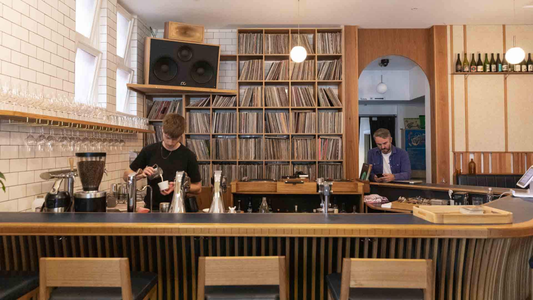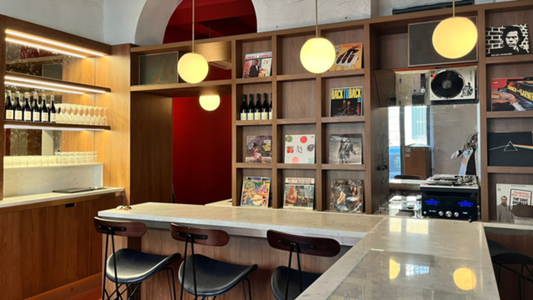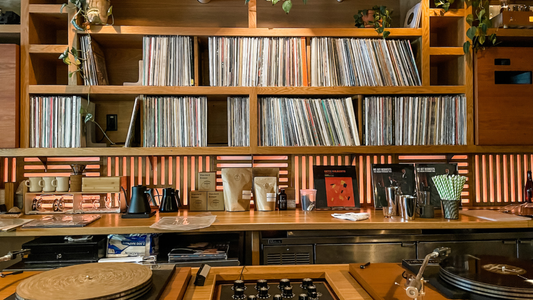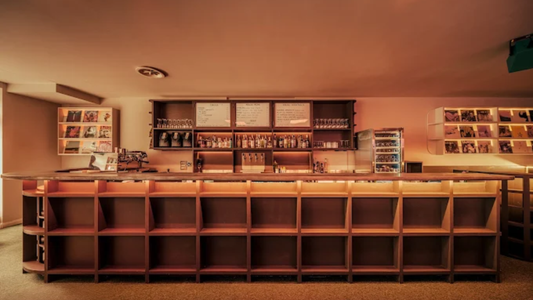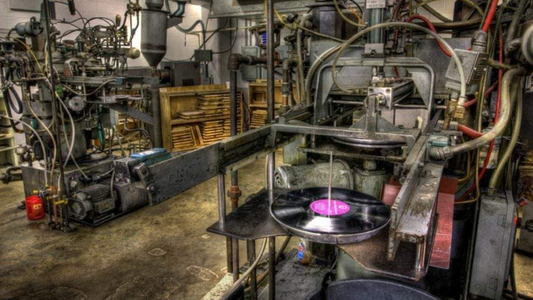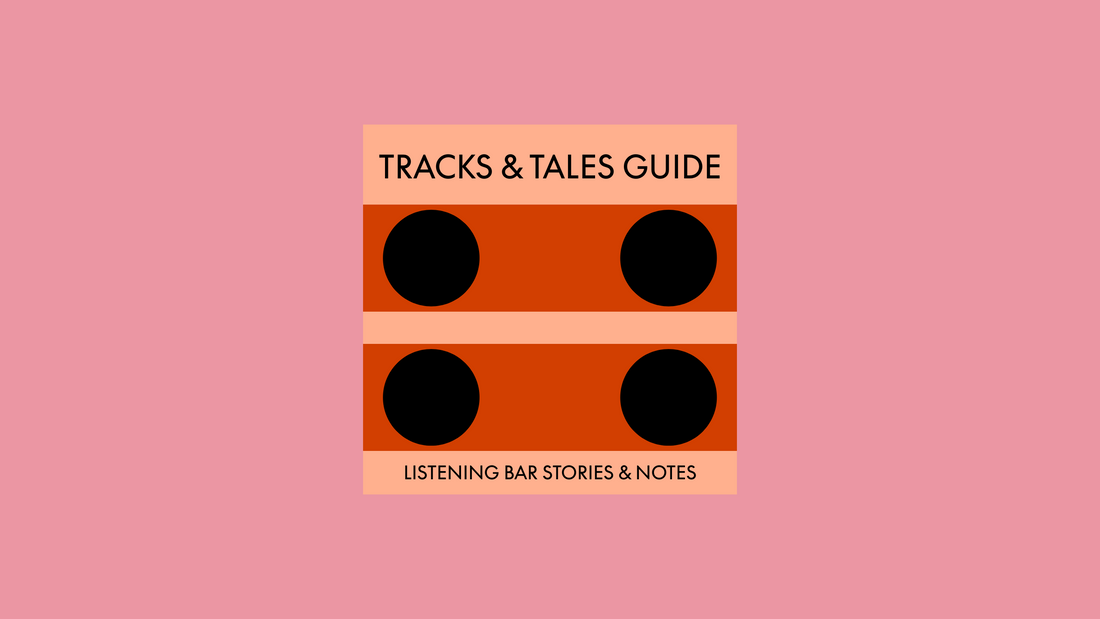
The Scent of Sound
How fragrance deepens listening — from incense to whisky vapour.
By Rafi Mercer
The first note you hear in a listening bar is often invisible. Before the stylus meets the groove, before the first chord fills the room, there’s a breath of scent — a curl of smoke, a trace of oak, a whisper of citrus or malt. It settles in the air, softens the edges, slows the pulse. Then the music begins, and the two mingle until you can’t tell where one ends and the other begins.
Scent is the memory of air; sound is its movement. Together they create atmosphere.
How fragrance and frequency shape what we hear:
- Mood-setting — scent signals pace before a note plays.
- Anchoring — certain aromas ground the listener, enhancing focus.
- Synesthesia — smell and sound share neural pathways that colour perception.
- Continuity — a fragrance can bridge tracks, carrying emotion between them.
- Identity — every space develops its own signature blend of scent and tone.
In Tokyo’s kissaten, incense was as essential as the amplifier. Sandalwood coiled through the air, its sweetness lingering in the pauses between jazz solos. In the whisky bars of Kyoto or Sapporo, the fragrance shifted: peat smoke, cedar, the faint caramel of aged oak. Each aroma shaped the ear — making Coltrane sound deeper, Miles softer, Evans somehow nearer.
Western bars and homes are catching on. Some now diffuse scent like sound: slow, layered, intentional. A record of ambient piano paired with hinoki wood oil; a dub set cut with vetiver and smoke; a winter evening underscored by sherry cask warmth. The atmosphere becomes a composition of its own.
Science explains what the body already knows. Smell bypasses the rational brain and heads straight to memory and emotion — the same circuits music uses. When we combine the two, we amplify resonance. A fragrance can hold a note in the air long after it’s gone, turning listening into something physical, almost tactile.
At home, this doesn’t need theatre. One candle, one record, one quiet hour is enough. Choose something natural — wood, resin, spice — and let it drift as the record spins. You’re tuning not just the room, but yourself.
Scent doesn’t just fill space; it defines it. In a world saturated with sound, fragrance reminds us that listening begins with breathing — and that the air itself can sing.
Quick Questions
Why combine scent and sound?
Because both use the same emotional pathways; together they deepen focus and memory.
What scents work best for listening?
Natural, grounding aromas — wood, smoke, resin, or citrus — chosen to suit the tempo of the music.
Is this atmosphere or ritual?
Both. Scent becomes the overture, preparing the room and the mind to listen.
Rafi Mercer writes about the spaces where music matters.
For more stories from Tracks & Tales, subscribe, or click here to read more.
